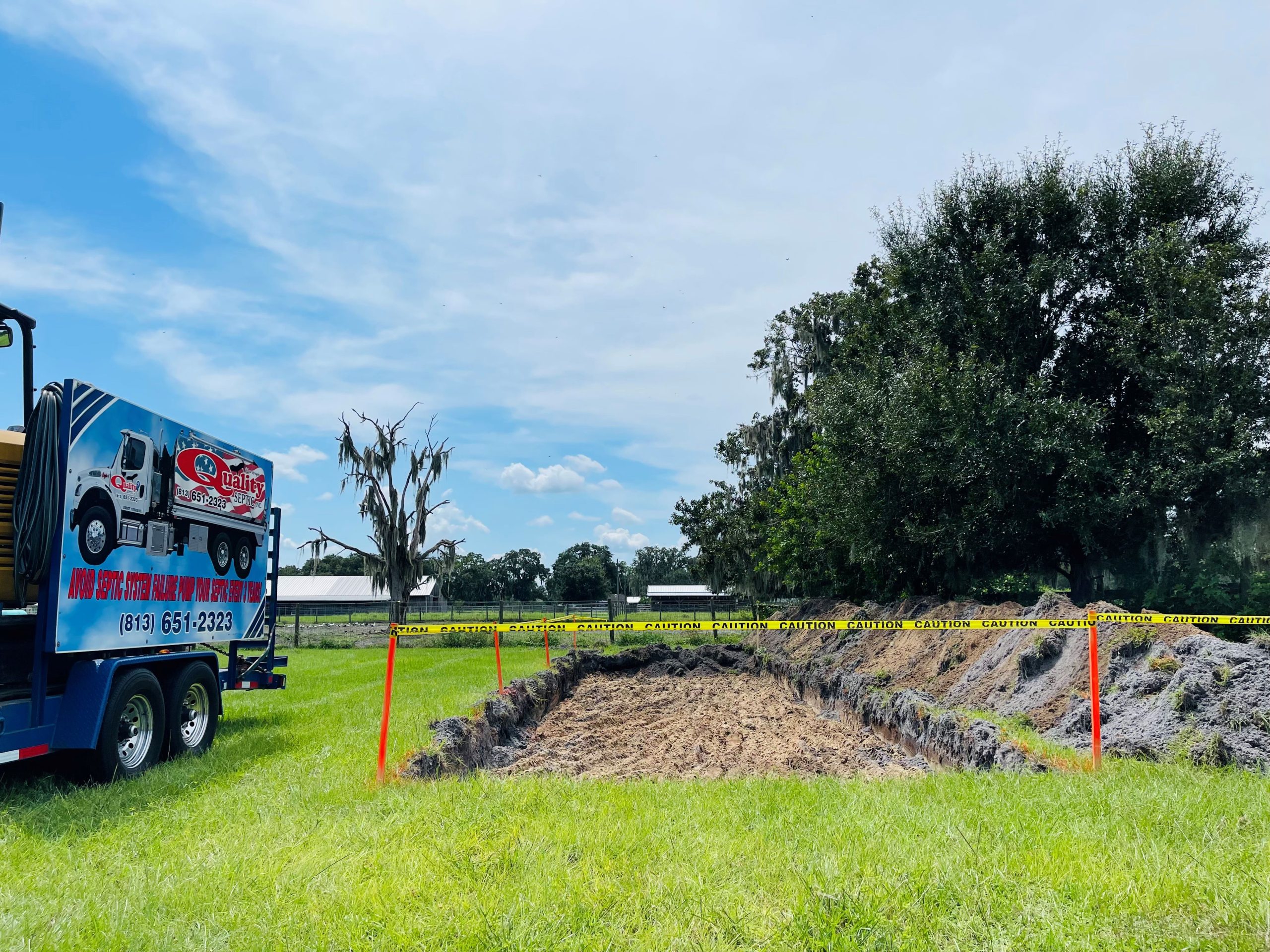All About Stillwell Septic And Grading
All About Stillwell Septic And Grading
Blog Article
Stillwell Septic And Grading Things To Know Before You Get This
Table of ContentsAbout Stillwell Septic And GradingExcitement About Stillwell Septic And GradingA Biased View of Stillwell Septic And GradingThe 10-Minute Rule for Stillwell Septic And GradingStillwell Septic And Grading Fundamentals Explained9 Simple Techniques For Stillwell Septic And Grading
Repair dripping taps and pipes components. https://hub.docker.com/u/stillwellsag. A leaky toilet can throw away hundreds of gallons of water a day. Take shorter showers. Pursue less than 5 and do the shower jive. Take baths with a partially-filled tub and do not leave the tap running when doing other tasks. Clean only complete tons of meals and laundry.
The Main Principles Of Stillwell Septic And Grading
Avoid shedding piles of fallen leaves or branches over the drainfield, as the warm can damage the plastic pipelines below. Limit the addition of topsoil or compost to no more than 2 to 3 inches over the drainfield. Septic Installers. A good regulation of thumb for landscaping over drainfields is to make use of shallow-rooted plants that do not need extra topsoil to thrive
Turf is the ideal cover. Avoid trees, bushes, and water-loving plants with deep origins. Yards, combined wildflowers, and ground covers with superficial origins are excellent options. Plant trees and shrubs at the very least 30 feet far from your sewage-disposal tank and drainfield to keep roots from entering into and damaging or blocking the drainfield pipelines.
A septic system failure creates without treatment sewage to be released and moved to where it should not be. This might create sewer to come to the surface area of the ground around the container or the drainfield or to back up in pipes in the building.
Excitement About Stillwell Septic And Grading
In most situations, the person who falls in ventures out without major injury. Yet a youngster's awful fatality is a reminder to inspect your septic system for harmed or missing covers. Proprietors of septic systems are in charge of ensuring the systems are safe and feature effectively, including having a safe and secure lid on the storage tanks
Regularly inspect the condition of the covers for threats or troubles. Keep the lids secure by fixing or replacing all damaged or missing out on parts. Usage bolts, screws, or other locks to secure the lids and protect against simple accessibility. Never ever drive or park cars in addition to septic systems- it can damage or displace the cover.
How Stillwell Septic And Grading can Save You Time, Stress, and Money.
See to it the lids are protected after working with your septic system. Teach youngsters that the septic system lids are not to be used or opened up. Have septic systems that are no more in operation effectively deactivated. For various other basic safe practices around septic systems please review the Septics 201 DIY Program Septic Safety And Security Tips.
Keeping in mind the levels will aid establish if there is a potential problem with the system. The container will be completely pumped down, eliminating all of the liquid and solid waste - Septic Tank Repairs. As soon as the storage tank is entirely pumped, the inlet and electrical outlet tees of the will be checked to guarantee they are still undamaged and working appropriately
A Biased View of Stillwell Septic And Grading
If you are home at the time of solution (entirely not required if that's not your see page point) you might be asked to flush your bathrooms to ensure everything is flowing correctly. Once the solution is full, the septic system will be covered as it was when we got here! Specialists suggest having your system pumped every 3 to 5 years however a number of factors must be thought about when determining how often your septic tank needs to be serviced.

If you are experiencing smells in your house, give us a telephone call. This could be a sign of an impending septic back up! Potentially. If your septic has not been serviced in greater than 6 months, we would want to service the septic very first. If the problem persists, a drain cleaner will certainly after that be sent to remove the line to the septic system.
The Ultimate Guide To Stillwell Septic And Grading

If the ponding is focused over the leach field that might suggest a leach line is obstructed with Bio-Mat and needs to be repaired or replaced. The majority of septic storage tanks have 2 to 3 covers; one over the inlet side of the septic container (where the water from your home enters the tank), one in the center of the container, and one on the electrical outlet side of the storage tank (where the liquid from the storage tank departures to your leach area).
Sliced up food bits do not break down in the sewage-disposal tank and can make their escape right into your leach field lines triggering clogs. Waste disposal unit, also those marked septic secure, are ruled out advantageous for your septic tank. Correct working degree is where the water degree in your tank meets the electrical outlet tee of the storage tank.
Report this page